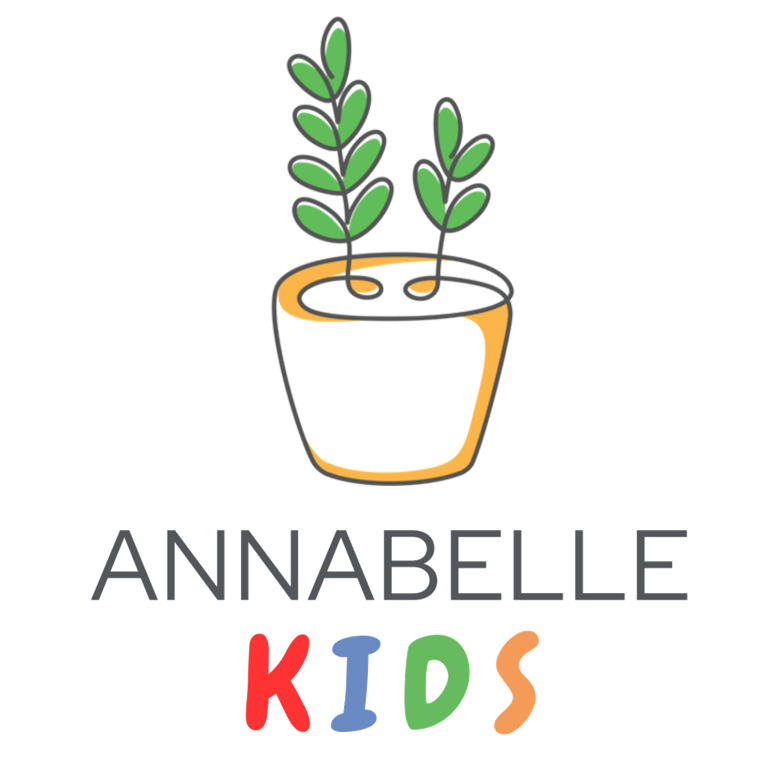Understanding the Differences Between ADHD and ASD
Is it ADHD, autism, or maybe both? You’re definitely not the only one asking. These two conditions often get confused, especially when behaviours like meltdowns, zoning out, or difficulty following instructions begin to appear. At first glance, they can look surprisingly similar.
Similar on the Surface, Different at the Core
ADHD (Attention-Deficit/Hyperactivity Disorder) and ASD (Autism Spectrum Disorder) are both neurodevelopmental conditions. They begin in childhood and affect how children think, feel, interact, and experience the world around them.
But here’s the important part, they’re not the same. Understanding what sets them apart helps parents, teachers, and caregivers give the kind of support that truly fits each child’s needs, whether at home, in school, or anywhere else they go.
So, What is ADHD?
A child with ADHD might be constantly on the go, getting up during dinner, switching from one activity to the next, or losing track of what they were doing (again). It is not about laziness or bad behaviour, it's just that their brain works differently.
Focus, planning, and impulse control can be challenging. But with the right support and structure, children with ADHD can learn to thrive in their own unique rhythm.
And What About ASD?
Children on the autism spectrum often love routine and structure. You might notice them fixating on one interest, avoiding eye contact, or getting upset by small changes in their day.
Many also process sensory input differently. Bright lights, loud sounds, certain textures can feel overwhelming or oddly calming. Every child’s experience of autism is unique, which is why flexible, individualised support is so important.
Core Differences Between ADHD and ASD
Here is a quick cheat sheet to help you spot the difference:
|
Area |
ADHD |
ASD |
|
Attention and Focus |
Easily distracted, forgetful, always on the go. Struggles with sitting still. |
May focus deeply on one topic or activity. Can get overwhelmed by noise, lights, or other sensory input. |
|
Social Communication |
May interrupt or talk over others, or struggle to wait for their turn. |
May avoid eye contact or not respond to their name. Might find it hard to understand feelings or social cues. |
|
Behavioural Patterns & Routines |
Disorganised, impulsive, and may struggle with transitions. |
Likes predictable routines and may repeat certain actions (like hand flapping). Gets upset when routines are disrupted. |
Diagnosis and Assessment
Getting a diagnosis looks different depending on the condition:
Ψ ADHD is typically diagnosed through a combination of standardised tests and clinical input. Attention is assessed using tools like CPT or CATA, while executive functioning is evaluated using tests such as the D-KEFS or NEPSY. Observations and reports from parents and teachers are also important, as children with ADHD, especially the inattentive subtype, often struggle with academic work, organisation, and daily routines.
Ψ ASD assessments focus on developmental history and observations of how a child interacts and communicates. Standard tests such as the ADOS (Autism Diagnostic Observation Schedule) and ADI-R (Autism Diagnostic Interview–Revised) are often used, alongside observations and input from speech and occupational therapists.
In short, ADHD is often identified through challenges in attention, planning, and task completion, while ASD assessments focus more on social communication, behaviour, and sensory processing.
FAQs: ADHD vs ASD
Can a child have both ADHD and ASD?
Yes. A child can have a co-occurring diagnosis, and that means support strategies need to be well-integrated and coordinated.
Is ADHD a form of autism?
No. They are separate conditions with different causes and diagnostic criteria, though they can exist together.
How can schools support children with these conditions?
By creating individualised learning plans, using flexible classroom strategies, and working closely with allied health professionals to build inclusive, supportive environments.
When Should You Seek Professional Help?
If your child is between ages of 3 and 5 and shows ongoing challenges with attention, social skills, or communication, it’s a good idea to talk to a professional.
And if your little one is not hitting developmental milestones earlier than that, don’t wait. Early intervention can make a big difference in how your child grows and learns.
Need a next step? Check out our articles: “My child has been diagnosed—what do I do now?” and “How can I help my child with ADHD?”
At Annabelle Kids, we provide diagnostic assessments, therapy services, and our Early Intervention Programme (EIP) tailored to each child’s needs. Our team works closely with families and schools to support every step of your child’s journey.
